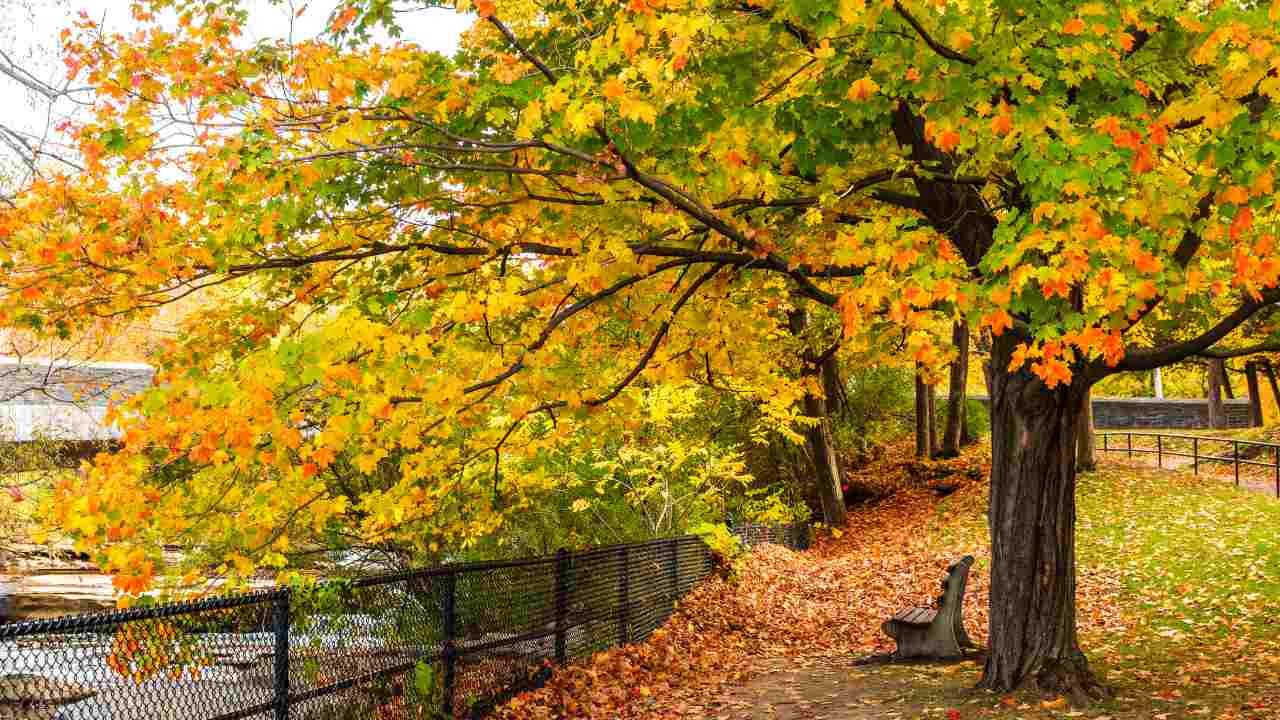How Arborists Can Save Your Favorite Tree from Decline

Trees are often more than just part of the landscape—they’re living landmarks. Whether it’s the oak shading your porch or the maple that’s been in the family yard for generations, seeing a beloved tree in decline can feel devastating. The good news? Professional arborists have the skills, tools, and knowledge to help restore health and extend the life of your favorite tree.
For homeowners looking for expert tree care in New Haven CT, local arborists are trained to spot early warning signs before they become irreversible. From pests to root problems, these specialists can quickly diagnose issues that the average homeowner may not recognize.
When you bring in a company like Avalanche Tree and Landscaping LLC, you’re not just hiring someone to trim branches—you’re partnering with tree care experts who understand the unique conditions of New England trees. Their team knows how soil quality, seasonal weather, and regional pests all affect long-term tree health.
Early intervention is the key. Arborists often begin by identifying subtle changes—like thinning foliage, premature leaf color changes, or small cracks in the bark. These symptoms can indicate deeper issues such as nutrient deficiencies or fungal infections. By acting quickly, arborists can apply targeted treatments that give your tree a second chance at thriving.
The benefits go beyond a single tree. Many arborists also coordinate with professionals who provide broader landscaping services, ensuring that the overall yard environment supports healthy root systems and long-lasting growth. This holistic approach keeps your property beautiful, functional, and sustainable for years to come.
How Arborists Restore Tree Health
An arborist approaches a declining tree much like a doctor would a patient—diagnose first, then treat. The methods vary depending on the problem, but common strategies include:
- Soil testing and fertilization to correct nutrient deficiencies
- Targeted pruning to remove diseased or weak branches
- Cabling and bracing to support structurally weak trees
- Pest and disease management through safe, effective treatments
- Root care to improve water and oxygen flow
For example, a tree suffering from compacted soil may regain its vitality after an arborist aerates the roots and introduces proper nutrients. In other cases, pruning diseased branches can prevent infection from spreading further.
Case Study: A Maple’s Second Chance
One New Haven homeowner thought they were going to lose their 50-year-old maple after noticing large patches of dead branches. Instead of removing it, they called in an arborist. After a full inspection, the arborist discovered the problem was root compaction from years of heavy foot traffic. With soil aeration, fertilization, and selective pruning, the maple made a full recovery over two growing seasons. Today, it continues to provide shade and remains the centerpiece of the yard.
Protecting Your Trees for the Future
Trees are long-lived, but they aren’t invincible. The sooner you take action, the greater the chance of saving a declining tree. By partnering with skilled arborists, you can preserve the character, beauty, and ecological value of your landscape for decades to come.
If you’ve noticed troubling signs in your trees, don’t wait for the decline to worsen—schedule a professional inspection today and give your favorite tree the care it deserves.

